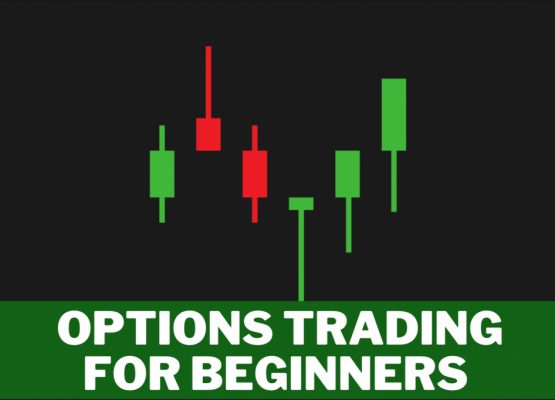In the video below, we discuss both implied volatility & beta in the context of options trading. I made the video a while back, but figured it would be a good reference to publish to the website.
Regardless of your specific options trading strategy, I believe this information can be valuable for you. That’s because regardless of the specific options trading strategy you choose, understanding both implied volatility and beta can be of great assistance in terms of helping you understand why options may be priced the way they are, and this knowledge will ultimately help you make decisions that will benefit your specific trading strategy.
Watch the video below to learn more, and read the notes below this video!
Implied Volatility (IV)
Definition: Implied volatility (IV) reflects the market’s forecast of a likely movement in a security’s price. Unlike historical volatility, implied volatility is a forward-looking measure, looking at the expected future volatility of an asset, such as a stock.
Importance in Options Trading:
- Pricing Options: IV is a primary component of various options pricing models, including the Black-Scholes model. Higher IV will typically mean higher options premiums, due to the fact that higher volatility is expected, and therefore those who sell options must be compensated for the risk that a large move occurs. Those who are buying the calls and puts, on the other hand, will find they are paying more out of pocket.
- Market Sentiment: High IV indicates a higher uncertainty in the market, along with the potential for significant price swings. On the other end of the spectrum, a low IV would suggest market stability and less anticipated movement.
How to Use IV:
- Identify Opportunities: Traders will often seek options with higher IV when they expect significant price movements. By doing this, these traders will be trying to profit off a large move on an asset. For example, if a call option is bought for a stock trading at a current market price of $50 right before earnings, IV will be higher. If earnings are positive, the stock may skyrocket in value, and the individual would end up profiting significantly from the option.
- Hedging Strategies: You can consider adjusting positions based upon IV to manage risk effectively. This could involve a variety of strategies, including the simple act of purchasing call options on a stock to protect downside risk (the most simple form of insurance). If put options are purchased right before an earnings or other high volatility event, however, the premiums may be very high on the options.
Beta
Definition: Beta measures a stock’s volatility relative to the overall market. The S&P 500 is typically the standard benchmark which is used for this comparison. In general, a beta of 1 indicates that the stock will move with the market (or the S&P 500 index), while a beta greater than 1 signifies higher volatility, and a beta less than 1 indicates lower volatility (than the index).
Importance in Options Trading:
- Risk Assessment: Beta helps to assess the risk level of a stock or portfolio. In general, higher beta stocks will be riskier, but can offer higher potential returns.
- Portfolio Management: Understanding beta can assist in terms of helping you construct a balanced portfolio that aligns with your specific risk tolerance and investing goals.
How to Use Beta:
- Strategy Selection: You could consider choosing options strategies based upon the beta of underlying stocks. For instance, high beta stocks might be suitable for aggressive strategies such as buying calls or puts, while low beta stocks could be ideal for conservative strategies such as covered calls.
- Diversification: Use beta to diversify your portfolio and manage market risk effectively.
Integrating IV and Beta in Your Trading Strategy
- Wheel Strategy and Passive Income: For strategies like the wheel strategy, understanding IV can help you select the right strike prices and expiration dates to maximize premium income while managing risk.
- Volatility-Based Strategies: High IV environments might be ideal for strategies such as straddles and strangles, where you benefit from large price movements in either direction.
- Risk Management: Consider using beta to align your options trades with your risk tolerance, ensuring that you are not overexposed to market volatility.
Conclusion
Understanding the intricacies of both implied volatility and beta can provide you a substantial edge when it comes to options trading. These metrics are not just theoretical concepts, but practical tools that can potentially help improve your trading decisions, enhance your strategies, and ultimately improve your performance.
Whether you aim for passive income or active trading gains from options, incorporating IV and beta into your analysis can be a very essential consideration for success.




